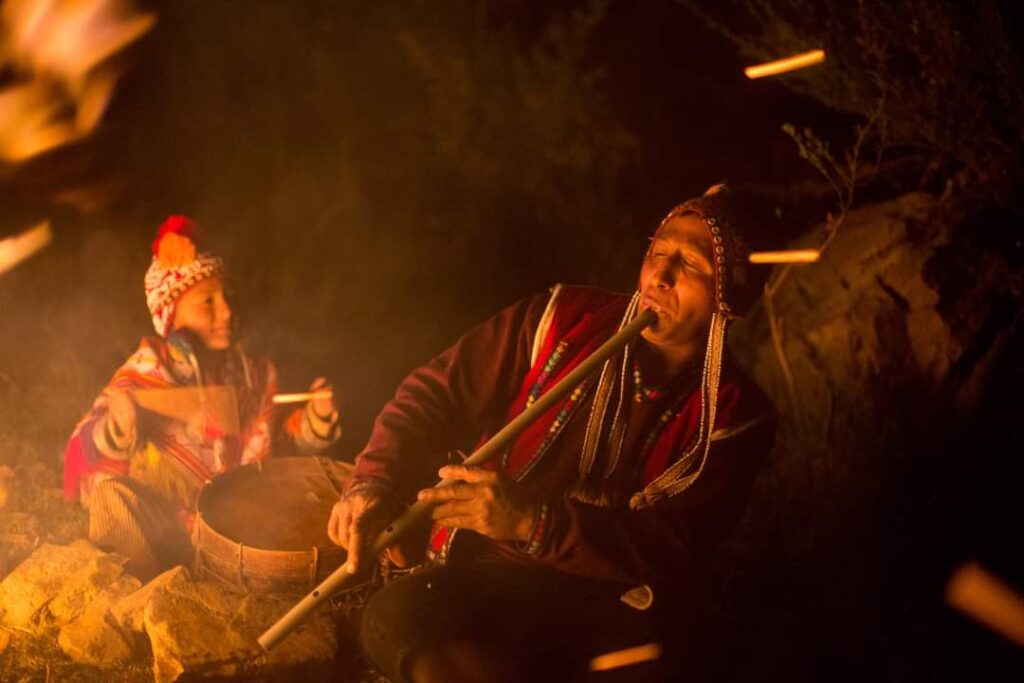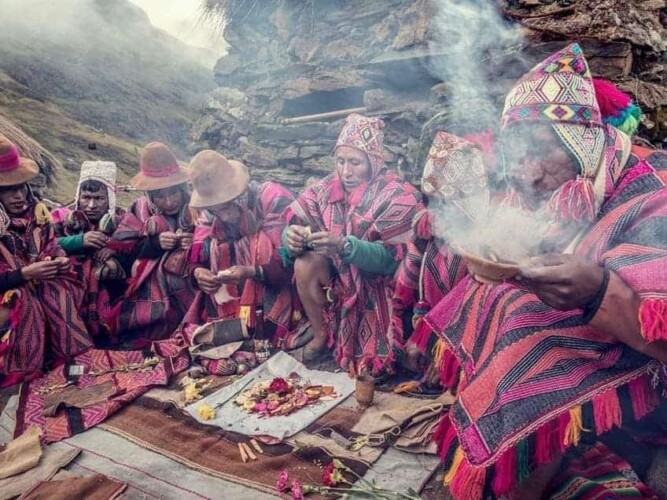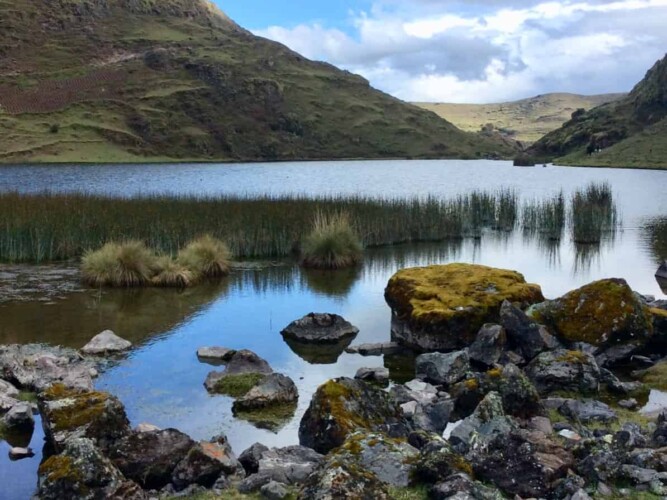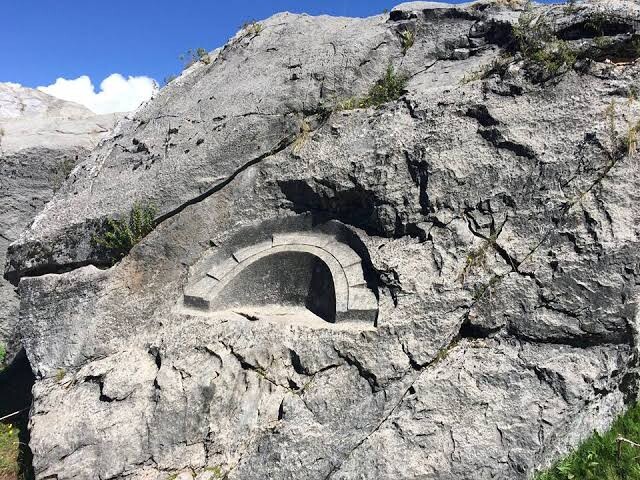
The Quechua are often described as the direct descendants of the Incas, but this characterization is too simple. The Inca Empire, large and powerful as it became, was a small ethnic group that ruled for a short span of time (1438-1534). The history of the Quechua people began many years before the Inca civilization rose to power, and continued to evolve in multi-faceted ways after the Spanish conquerors and settlers arrived in the 16th century.
Aside from the Incas, there are several other historic Quechua-speaking groups. For example, the Chanka (Chanca) of Ayacucho, the Cañari of Tumebamba in Ecuador, and the Qulla of Western Bolivia.
Quechua ethnic groups also share traditional religions with other Andean peoples, particularly belief in Mother Earth (Pachamama), who grants fertility and to whom burnt offerings and libations are regularly made. Also important are the mountain spirits (apu) as well as lesser local deities (wak’a), who are still venerated especially in southern Peru.
Quinine, which is found naturally in bark of cinchona tree, is known to be used by Quechuas people for malaria-like symptoms.
When chewed, coca acts as a mild stimulant and suppresses hunger, thirst, pain, and fatigue; it is also used to alleviate altitude sickness. Coca leaves are chewed during work in the fields as well as during breaks in construction projects in Quechua provinces.
The Quechua people today are not a single ethnic group, but rather several indigenous groups scattered throughout South America, such as the Q’ero and the Wankas in Peru, the Kichwas and Otavalos in Ecuador, the Ingas in Colombia, and the Kallawaya in Bolivia. As a result, there is no longer a sense of a unified “Quechua nation”. However, an incredibly rich set of living Andean traditions coexist (easily and uneasily) with the dominant cultures.
In the 21st century, the history and culture of the Quechua and other indigenous groups became sources of national pride. Quechua is now a co-official language of Peru, Bolivia, and Ecuador. In some Andean regions, bilingual schools offer instruction in Quechua. Festivals like Inti Raymi in Cusco, conducted from start to finish in the Quechua language, are major attractions that showcase indigenous heritage in front of large national and international audiences.



